Het arrangement Buildings h45 is gemaakt met Wikiwijs van Kennisnet. Wikiwijs is hét onderwijsplatform waar je leermiddelen zoekt, maakt en deelt.
- Auteur
- Laatst gewijzigd
- 28-11-2025 11:44:43
- Licentie
-
Dit lesmateriaal is gepubliceerd onder de Creative Commons Naamsvermelding-GelijkDelen 4.0 Internationale licentie. Dit houdt in dat je onder de voorwaarde van naamsvermelding en publicatie onder dezelfde licentie vrij bent om:
- het werk te delen - te kopiëren, te verspreiden en door te geven via elk medium of bestandsformaat
- het werk te bewerken - te remixen, te veranderen en afgeleide werken te maken
- voor alle doeleinden, inclusief commerciële doeleinden.
Meer informatie over de CC Naamsvermelding-GelijkDelen 4.0 Internationale licentie.
Het thema 'Buildings' (h45) is ontwikkeld door auteurs en medewerkers van StudioVO.
Fair Use
In de Stercollecties van StudioVO wordt gebruik gemaakt van beeld- en filmmateriaal dat beschikbaar is op internet. Bij het gebruik zijn we uitgegaan van fair use.
Meer informatie: Fair use
Mocht u vragen/opmerkingen hebben, neem dan contact op via de
helpdesk VO-content.
Aanvullende informatie over dit lesmateriaal
Van dit lesmateriaal is de volgende aanvullende informatie beschikbaar:
- Toelichting
- Dit thema valt onder de arrangeerbare leerlijn van de Stercollectie voor Engels voor havo, leerjaar 4 en 5. Dit is thema: 'Buildings'. Dit thema omvat de volgende volgende onderwerpen: - The Seven Wonders of the World - Practical reasons to save old buildings - Libraries and the digital age? - Can we touch the sky? In de grammaticaopdrachten worden adjectives and adverbs, gradable and non-gradable adjectives and adverbs en future will/going to.
- Leerniveau
- HAVO 4; HAVO 5;
- Leerinhoud en doelen
- Engels;
- Eindgebruiker
- leerling/student
- Moeilijkheidsgraad
- gemiddeld
- Studiebelasting
- 16 uur 0 minuten
- Trefwoorden
- arrangeerbaar, buildings, can we touch the sky?, engels, h45, libraries and the digital age?, practical reasons to save old buildings, stercollectie, the seven wonders of the world
Gebruikte Wikiwijs Arrangementen
VO-content Engels. (2021).
Can we touch the sky? h45
VO-content Engels. (2021).
Libraries and the digital age? h45
https://maken.wikiwijs.nl/104346/Libraries_and_the_digital_age__h45
VO-content Engels. (2021).
Save old buildings? h45

 Buildings
Buildings What do you need to know?
What do you need to know?

 In this first lesson you are going to find out The Seven Wonders of the world.
In this first lesson you are going to find out The Seven Wonders of the world.



 Famous buildings
Famous buildings




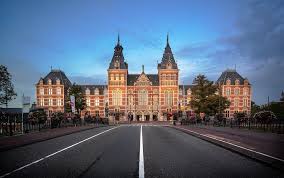






 Speaking
Speaking
 Fill in the schedule and answer the questions below.
Fill in the schedule and answer the questions below. In this lesson you are going to read about old buildings.
In this lesson you are going to read about old buildings.
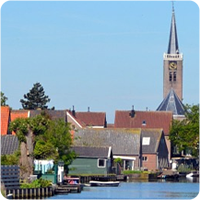 Speaking
Speaking
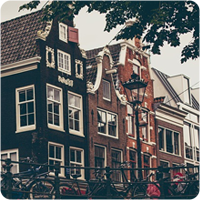 Grammar
Grammar Writing: Adverb - Adjective swap
Writing: Adverb - Adjective swap Task: Writing
Task: Writing What have you learned in this lesson?
What have you learned in this lesson? In this next lesson, we look at libraries.
In this next lesson, we look at libraries. Speaking
Speaking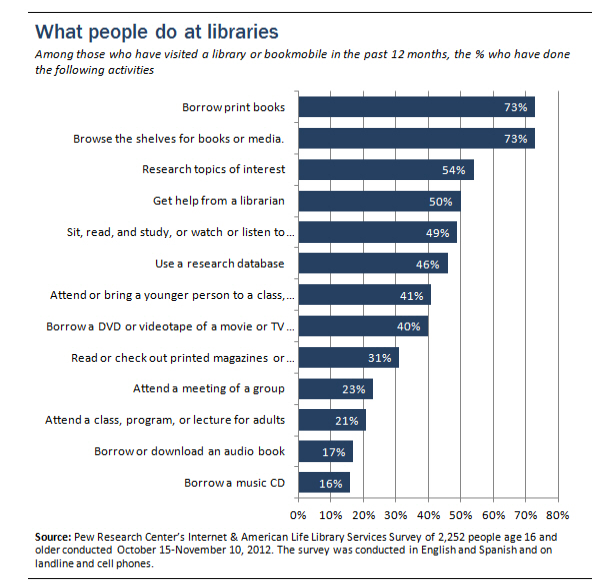
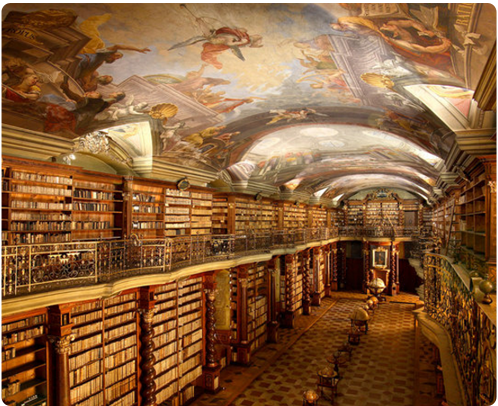
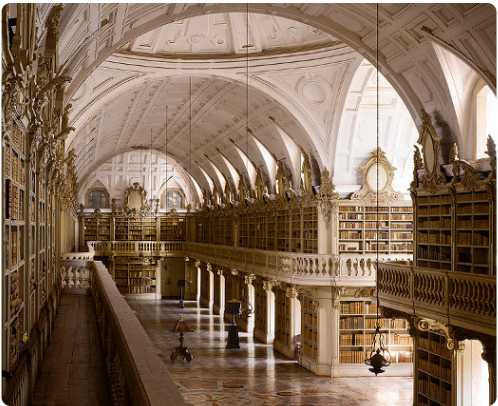


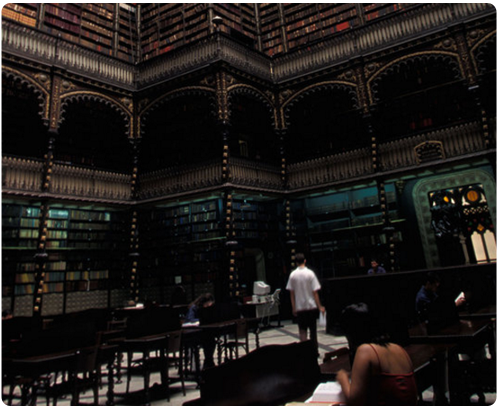


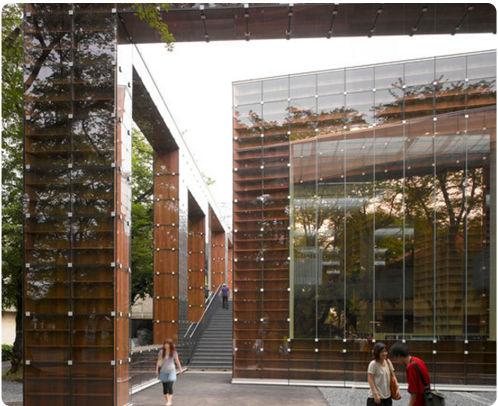

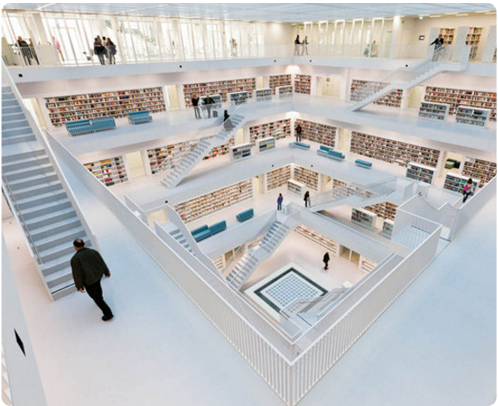



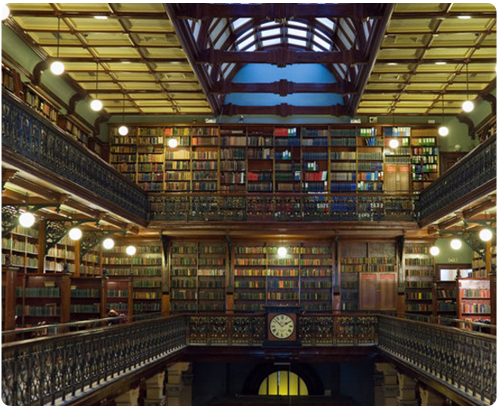
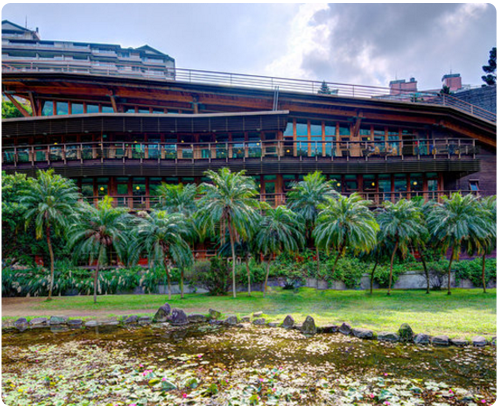


 Grammar
Grammar
 Video Watching
Video Watching Task: Write a letter
Task: Write a letter Humans have always enjoyed building tall buildings.
Humans have always enjoyed building tall buildings.

 Grammar
Grammar
 Listening
Listening
 Final project - Infographic
Final project - Infographic

 Final project - Buildings
Final project - Buildings Airport service
Airport service
